Louvre

The Musée des Beaux-Arts in Paris is the most visited museum in the world and ranks 2nd in size after the Hermitage Museum in St Petersburg. It is famous for its famous art collections, especially Da Vinci's Mona Lisa, but has also been featured in films and books.
Located in the Palais du Louvre, the former palace of the French kings. As early as the 12th century, there was a fortress here, the remains of which can be seen in the museum's underground. The original 16th-century collections, bought by King Louis XIV, gave rise to the museum, but it was not until 1793 that they were first displayed in the palace for the public.
Napoleon Bonaparte himself was instrumental in expanding the collection, importing works from all over the world. The museum as it stands today dates from the 19th century, but the famous glass pyramid at the entrance was opened in 1989.
The division of the museum and the collection
In total, the museum is divided into 7 departments and contains over 550,000 objects, of which around 35,000 are on display.
- Egyptian Antiquities - here you will find the largest collection of civilization outside of Egypt. You will see art, papyrus scrolls, clothing, as well as the mummies themselves.
- Near Eastern antiquities - these come from the territories before the influence of Islam, i.e. the Levant, Mesopotamia and Persia.
- Greek, Etruscan and Roman antiquities - among the oldest collections in the museum. The collections include famous works of art such as the Venus de Milo, Nike like Winged Victory, the gods Hera and Apollo and much more.
- Islamic art from around the world is the museum's newest collection. Here you will find exhibits of ceramics, glass, metal or even ivory, as well as carpets.
- Sculpture - includes works up to 1850 that do not belong to the Greek and Roman sectors. The exhibits are mainly French sculpture from Romanesque art onwards.
- Decorative arts and its departments - collections from the Middle Ages to the 19th century. These are mainly ceramics, bronzes or crown jewels.
- Painting department - the most important collection with paintings from the 13th century to 1848. More than half of the paintings are by French artists, but you will also find important works by Italian artists such as Raphael, Michelangelo or Leonardo da Vinci, and Dutch artists Vermeer and Rembrandt. The last section is prints and drawings, i.e. works on paper. They include copperplates, books and other prints.
You won't need even 1 day to see all the collections in peace. You really should set aside at least half a day, but better a full day, depending on what you want to look at.
The museum building is made up of 3 wings (named Richelieu, Sully and Denon) and each has 5 levels connected by staircases and lifts. It is a must to take a free map of the museum as it is easy to get lost here. There are 3 entrances to the museum itself.
The main one is through a large glass pyramid, but there are often long lines. The next entrance is through the underground Carrousel du Louvre shopping centre past the 2nd smaller pyramid and the 3rd entrance is the Porte des Lions in the Denon wing.
Entrance fees and how to buy tickets
We recommend buying tickets online, where they are always sold for a specific time slot. At certain exposed times of the year, it is even necessary to book tickets online, see the official website: tickets.louvre.fr.
The only place to sell tickets online is the official website ticket.louvre.fr.
- 22 eur - Adults
- Free - children under 18 from all over the world, or young people under 25 years of age resident in the European Union
Free admission on the first Saturday evening of every month was cancelled in 2021.
Opening hours
Opening hours vary slightly and are always closed on Tuesdays.
- Monday to Thursday, Saturday and Sunday,
- Friday: 9:00-21:45,
- Please check the official website for current times.
How to get there
The museum is located on the banks of the Seine River, and the Jardin des Tuileries park stretches in front of it.
- Metro 1 - station Palais Royal - Musée du Louvre (approx. 150 metres)
- Champs-Elysées, Arc de Triomphe, Place de la Concorde, Chatelet, Hotel de Ville, Le Marais, Bastille, Nation, Chateau Vincennes, La Défense
- Direct connection to the train stations.
- Metro 7 - station Palais Royal - Musée du Louvre (approx. 150 metres)
- Chatelet, Opera, La Bassin de la Villette, Place d'Italie
- Gare de l'Est
- Buses with stops Palais Royal - Musée du Louvre (approx. 150 metres)
- 21 - Note-Dame, Conciergerie, Sainte-Chapelle, Latin Quarter, Luxembourg Gardens, Opera, Gare Saint-Lazare
- 67 - Hotel de Ville, Place d'Italie
- 69 - Eiffel Tower, Hotel de Ville, Bastille, Le Marais, Père-Lachaise Cemetery, Musée d'Orsay, Invalides, Musée Rodin, Champ de Mars
Accommodation near the Louvre
Are you a true art enthusiast and want to spend a few days at the Louvre? Then one of the hotels nearby will surely come in handy, eliminating the commute time.
The cheapest hotel with prices around 121 eur per night for 2 within walking distance of about 5 minutes is called the Montpensier, while the closest accommodation just a few steps from the Louvre is the 5* Hôtel du Louvre by Hyatt with prices from 293 eur.
What to see around
Discover all the places to see in Paris.
Any questions left?
If you have any questions or comments about the article...

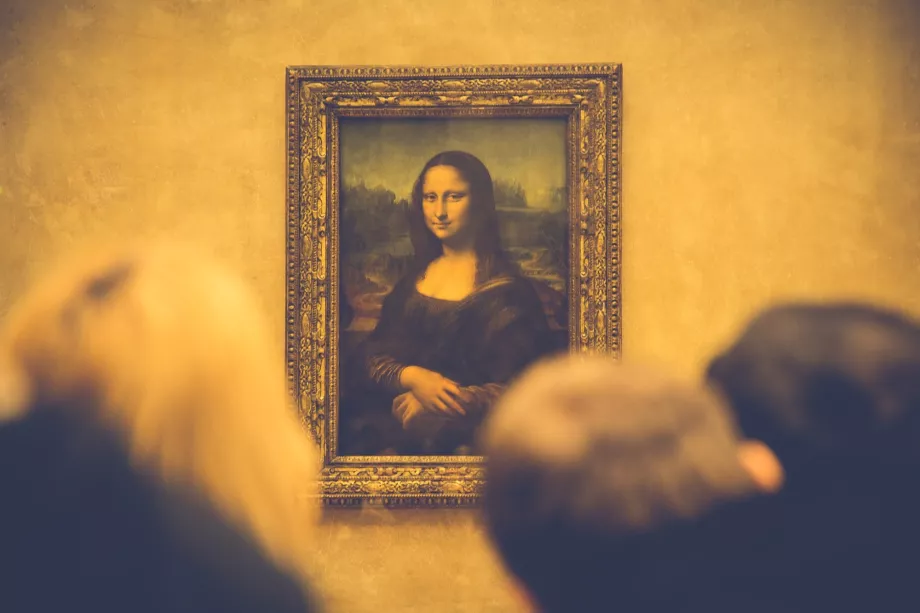
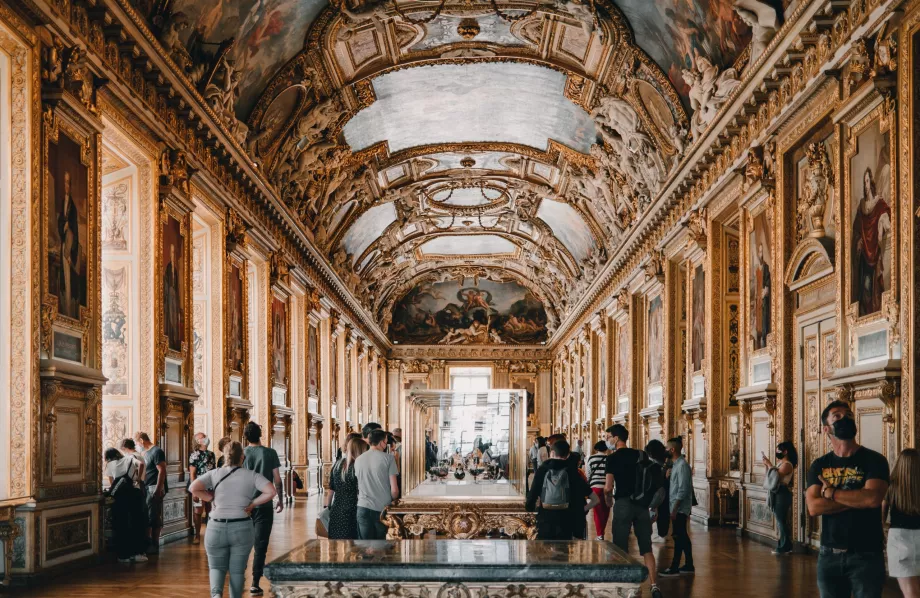
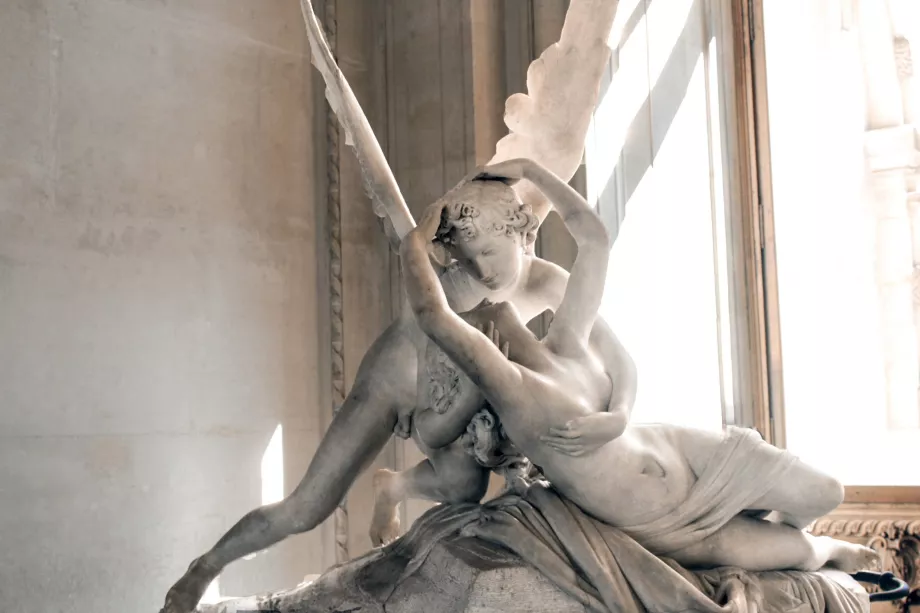
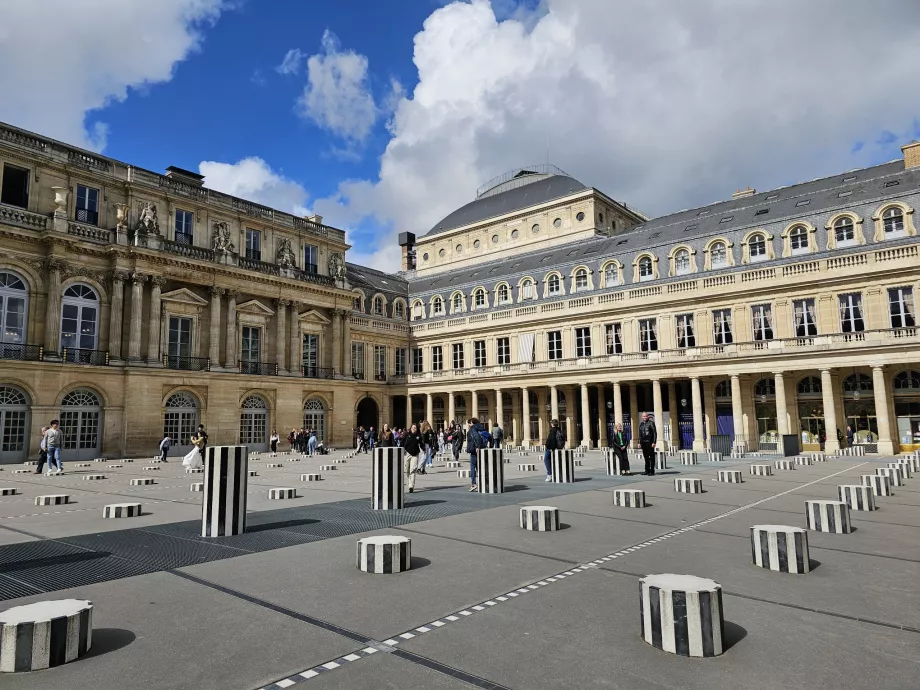
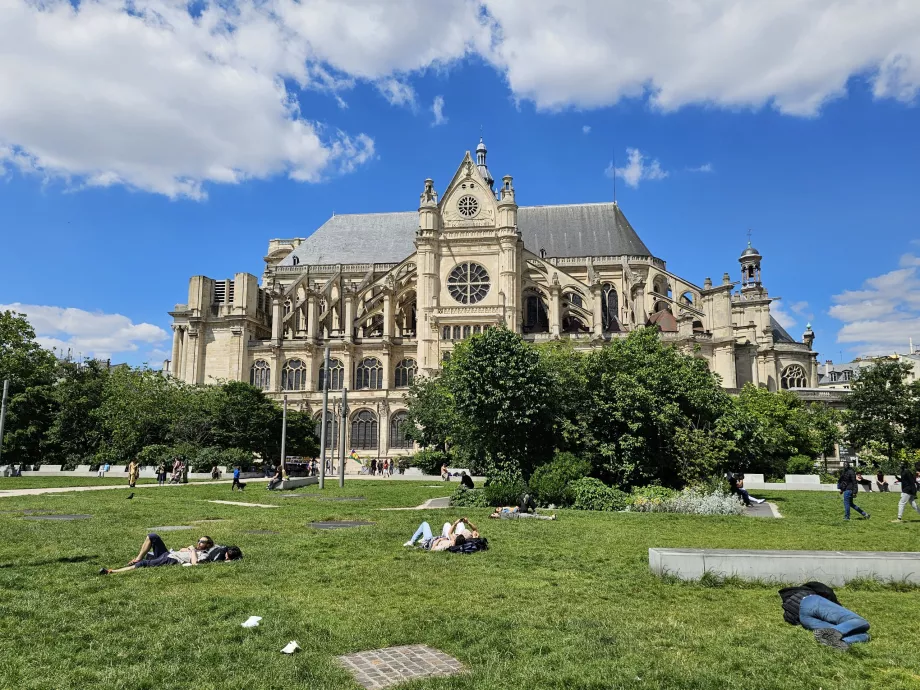
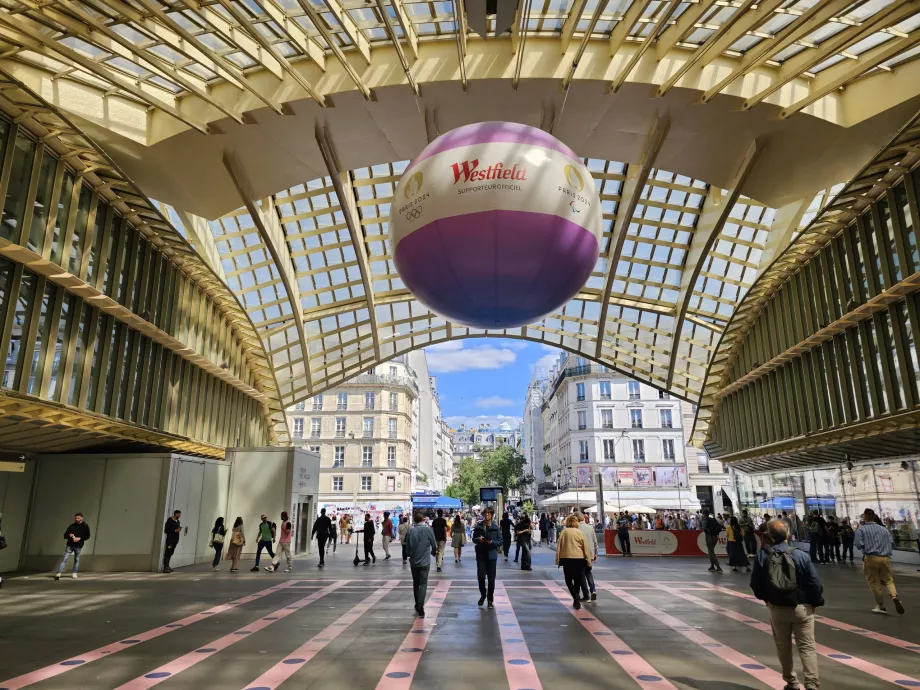
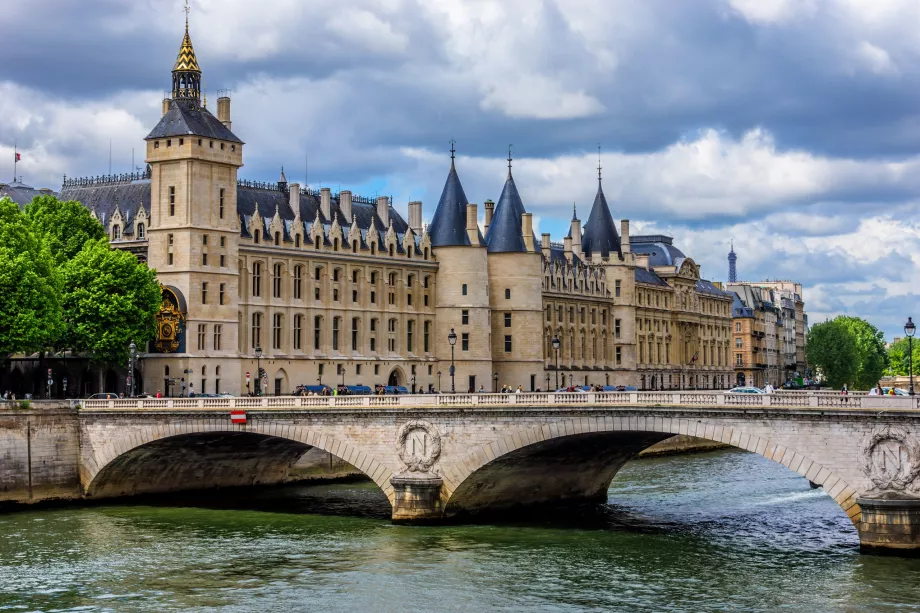
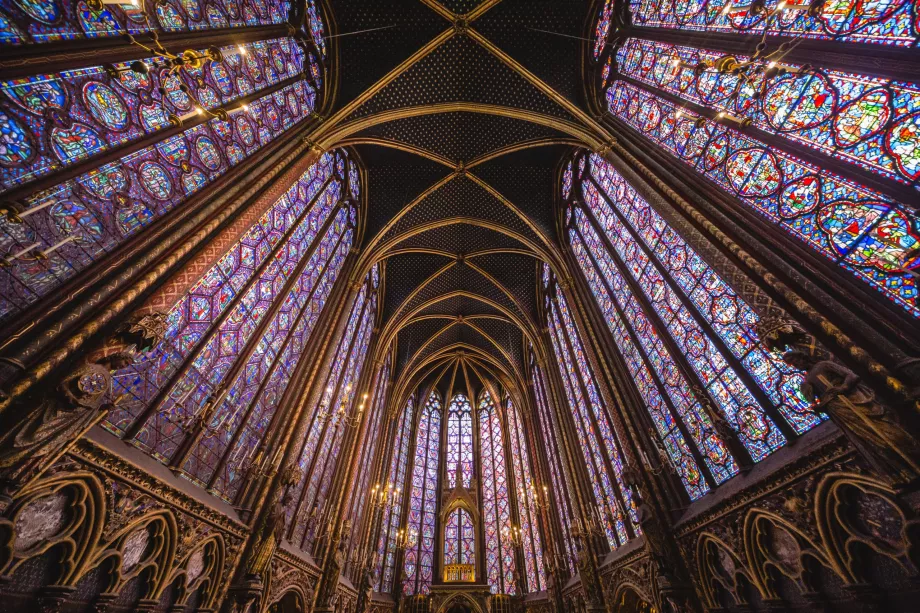
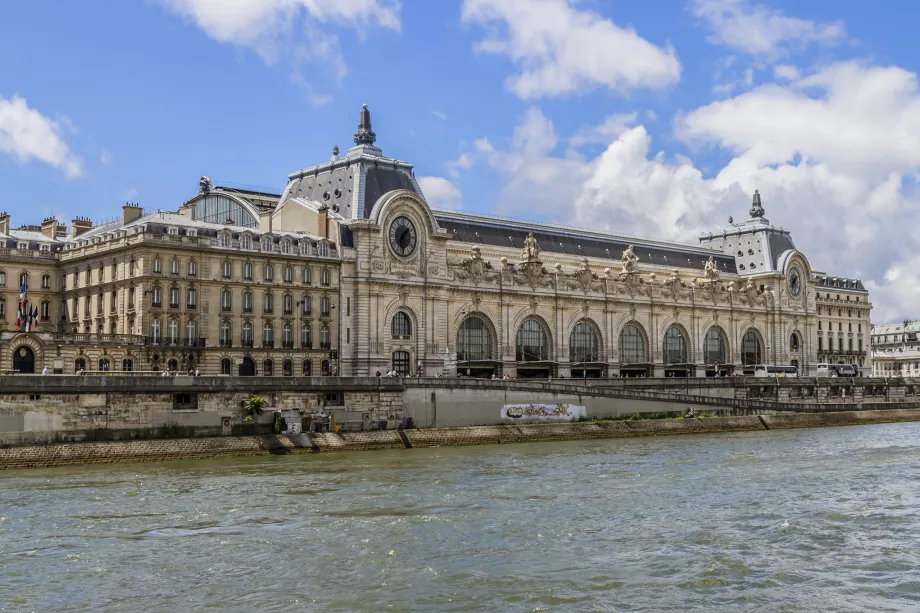

Current link to buy tickets: https://ticket.louvre.fr/en
Thanks, modified!